The Kenyan shilling has appreciated by 17% against the US dollar so far in 2024, reflecting a marked turnaround in the country’s currency performance. The appreciation follows the Central Bank of Kenya’s (CBK) decision to reduce its benchmark interest rate twice in response to a significant decline in inflation, offering much-needed economic relief.
In September, the Kenya National Bureau of Statistics (KNBS) reported that inflation had decreased to 3.6%, down from 4.4% the previous month. This marked an 80-basis-point decline, prompting the CBK’s Monetary Policy Committee (MPC) to lower the Central Bank Rate (CBR). This decision, coupled with a stable macroeconomic environment, has supported the shilling’s upward trajectory, after reaching a low point of 160 KES per dollar earlier in the year.
The currency’s recovery comes after a challenging 2023, during which the shilling experienced consistent depreciation, losing 29% of its value against the dollar. However, 2024 has brought a reversal of fortunes. By February, the shilling began regaining some of its losses, appreciating by 8% and reaching around 131 KES per dollar by March—representing a 17% gain since its January low.
The turnaround can be attributed to multiple factors. As inflation started to ease in early 2024, driven by lower costs for food, non-alcoholic beverages, housing, and utilities, the shilling’s value followed suit. Inflation dropped from 6.9% in January to 6.3% in February and further declined to 5.7% by March. This inflationary cooling aligned with the currency’s appreciation, giving Kenya’s economy a much-needed boost.
The appreciation continued through October, as inflation continued to ease further, eventually dropping to 3.6% by September. The CBK responded by lowering interest rates twice over this period to stimulate economic growth. On August 6, 2024, the MPC reduced the CBR by 25 basis points, from 13.0% to 12.75%. This move was aimed at maintaining the momentum of the shilling’s recovery, which had already climbed beyond the 130 KES per dollar mark.
In October, the CBK further slashed the interest rate, this time to 12%, a move designed to boost private sector lending and encourage economic activity. The bank noted that credit to the private sector had slowed sharply, and a more accommodative monetary policy was deemed necessary to support growth. These efforts appear to have kept the Kenyan shilling stable below 129 KES, a significant improvement from the previous year’s steep decline.
Finance Minister Njuguna Ndung’u has emphasized that the resilience of Kenya’s key service sectors, strong agricultural performance, and improved export levels will continue to support the country’s growth. The CBK also highlighted the importance of credit access for the private sector, noting that easing monetary policy could further stimulate economic activity, which in turn is expected to provide additional support to the local currency.
Overall, the Kenyan shilling’s strong performance in 2024 reflects a combination of favorable inflation trends, proactive monetary policy by the CBK, and robust economic fundamentals. As Kenya navigates the challenges of global economic uncertainty, the country’s improving currency stability offers hope for continued recovery and growth in the months ahead.


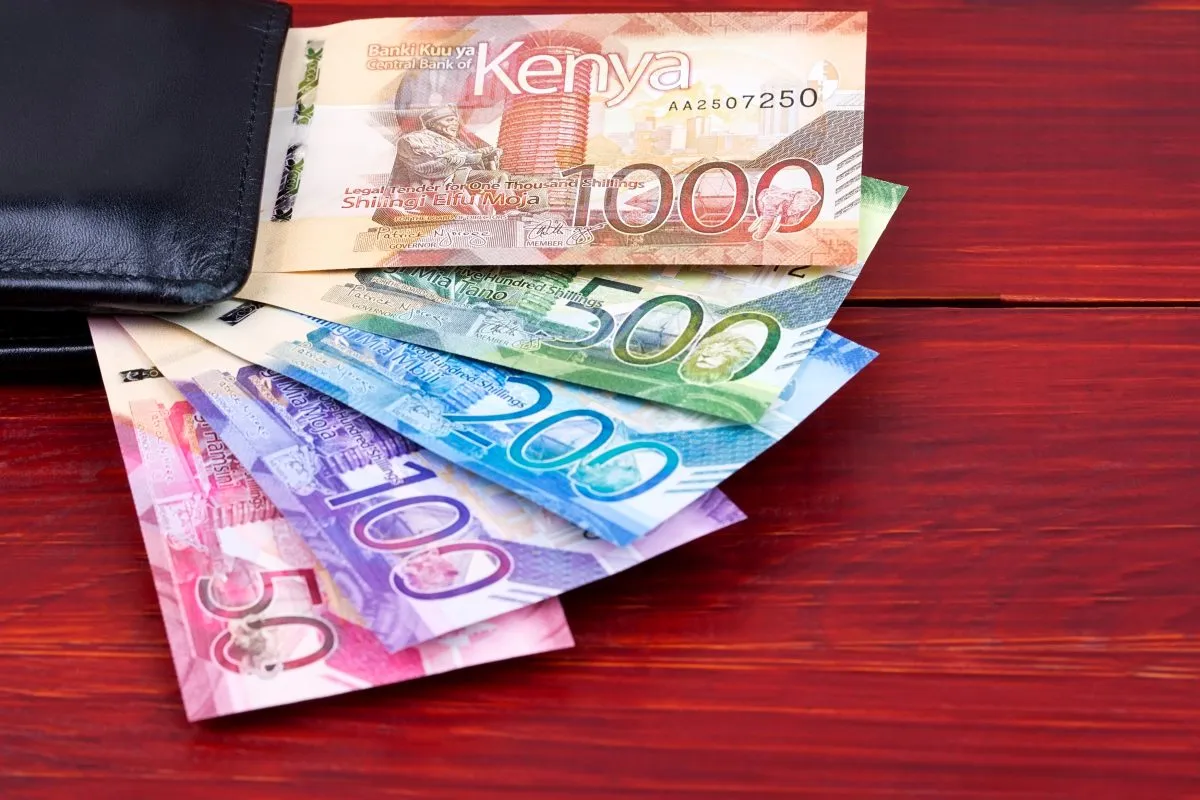
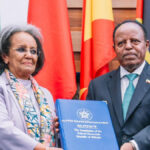

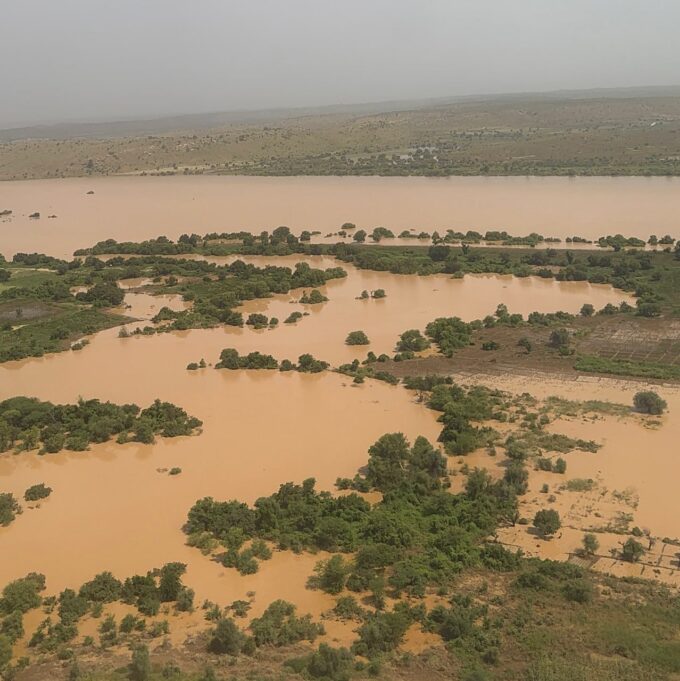



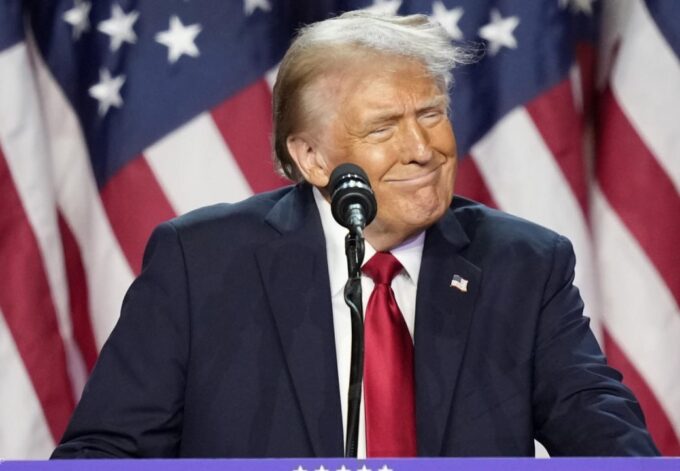
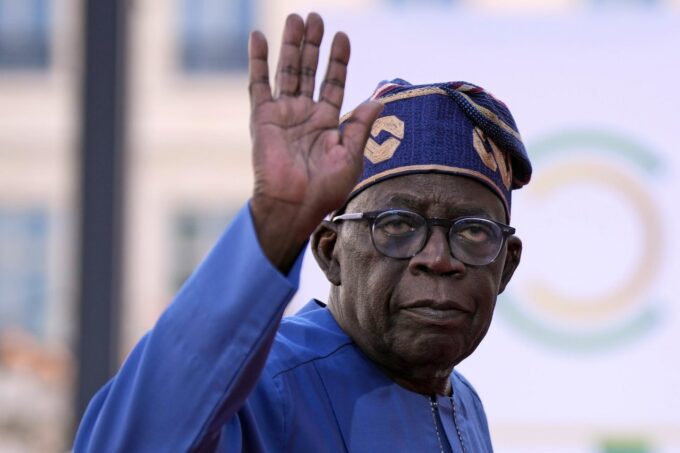


Leave a comment